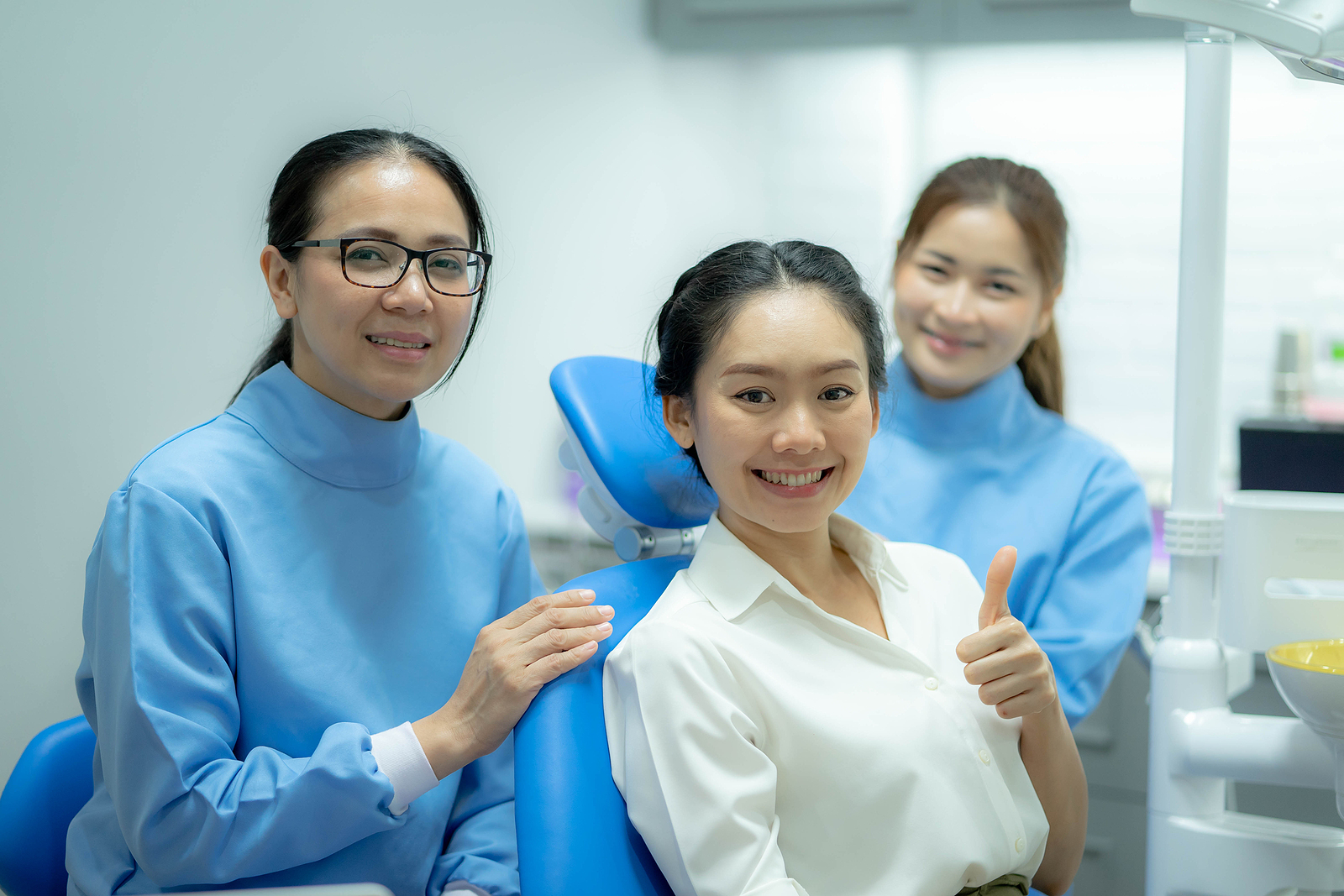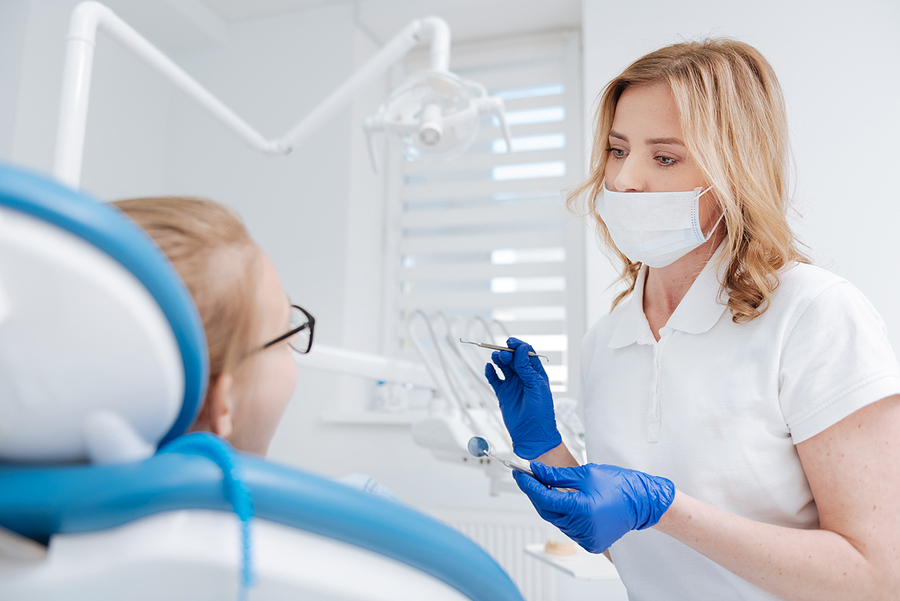Posted by Well Being Dentistry 2023-02-10
There are several products available on the dental market and it seems like there is always a new trend being advertised to grab your attention. It can definitely be overwhelming with so many options to choose from. I personally have experimented with my fair share of products.
There is one product that has been around for a long time and continues to prove its effectiveness. It is a tooth cream called MI Paste. You may have heard us mention it at the office. It has many different applications which could be helpful to you.
- Generalized sensitivity – If you experience tooth sensitivity due to acid erosion, gum recession, abrasions from brushing too hard or abfractions from clenching your teeth, MI paste can help minimize those uncomfortable sensations.
- Deep cleanings – After a deep cleaning it is not uncommon to experience sensitivity in the areas where tartar has been removed. MI paste can relieve this sensitivity.
- Tooth whitening – If you would like to try some tooth whitening but are afraid of the potential sensitivity that may result, using MI paste can minimize this discomfort.
- Orthodontics – Braces can cause generalized sensitivity and also lead to poor oral hygiene. MI paste can be used to prevent and to treat already existing white spot lesions that often develop around brackets and gumline.
- Acid imbalance – Whether you have acid reflux or a dry mouth due to medications this cream will benefit you. MI paste helps stabilize your saliva by lowering the acid concentration which in turn lowers the risk of tooth decay and erosion.
MI paste essentially remineralizes your teeth to protect them better from decay and hypersensitivity. The acid from refined foods and drinks that we consume throughout the day are attacking our teeth. Dr. Pak often refers to MI paste as an “acid-screen” for protecting your teeth, the same way that sunscreen protects your skin from the UV rays of the sun. Apply it daily or before and after your appointments to have a more comfortable experience!
MI paste is not toothpaste. It is a topical tooth creme that can be applied multiple times daily to supplement your regular flossing and brushing routine. MI paste stands out amongst other dental care products because it does NOT contain fluoride. The main ingredient is derived from milk protein which releases calcium and phosphate ions, minerals that are vital to the strength of your teeth.
If you have a known milk allergy, this product is NOT for you. The lactose content is negligible and it is safe for use in those with lactose intolerance.
MI paste is only available at a dental office or with a dentist’s prescription. There are several flavor options available so children have an easy time using it as well. I personally think the melon flavor is pleasant. If you are interested in trying MI paste for any of the above mentioned applications or have follow up questions please don’t hesitate to call or ask us during your next visit!
FYI I do not receive any compensation from the company that developed this product.
More Blog Posts
Visit Our Office
Santa Clara, CA
3993 Stevens Creek Blvd, Santa Clara, CA 95051
Email: wellbeingdentistry@gmail.com
Book NowOffice Hours
- MON - FRI8:00 am - 5:00 pm
- SAT - SUNClosed







